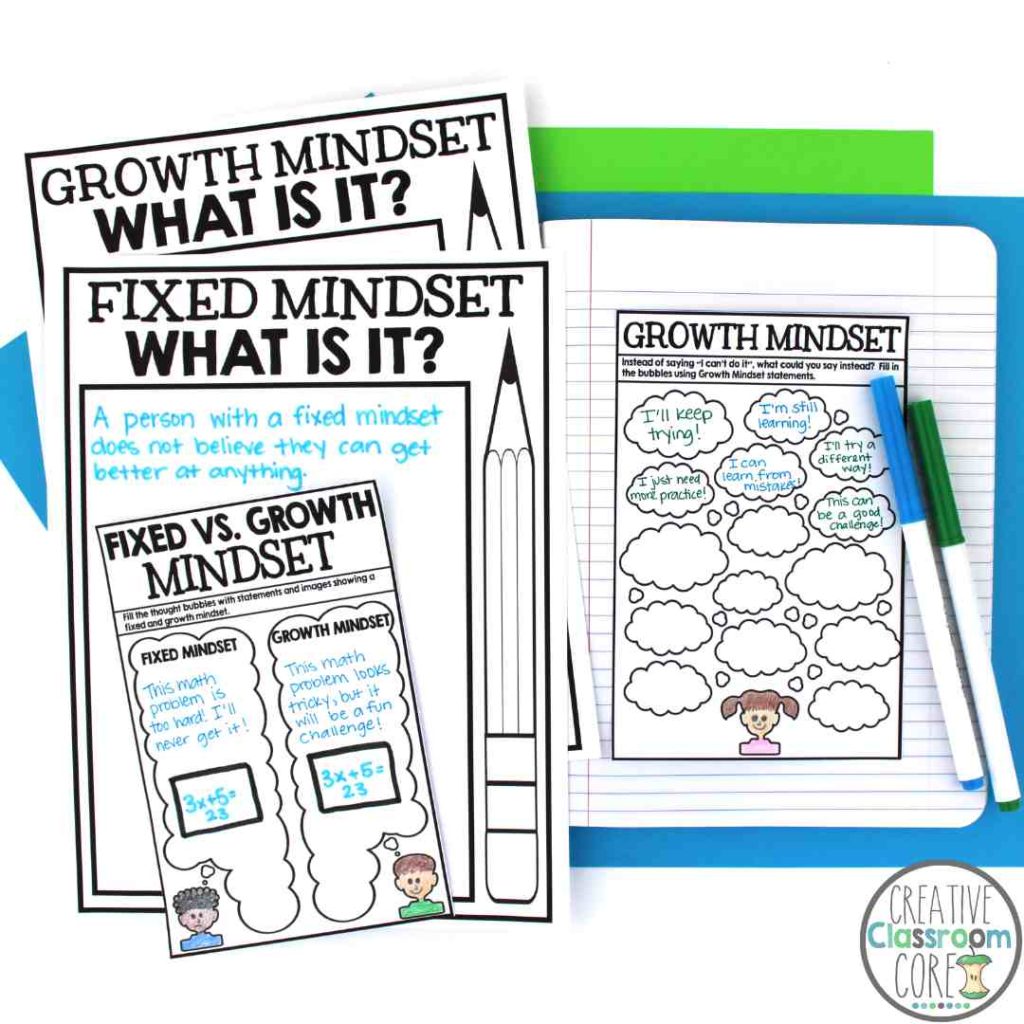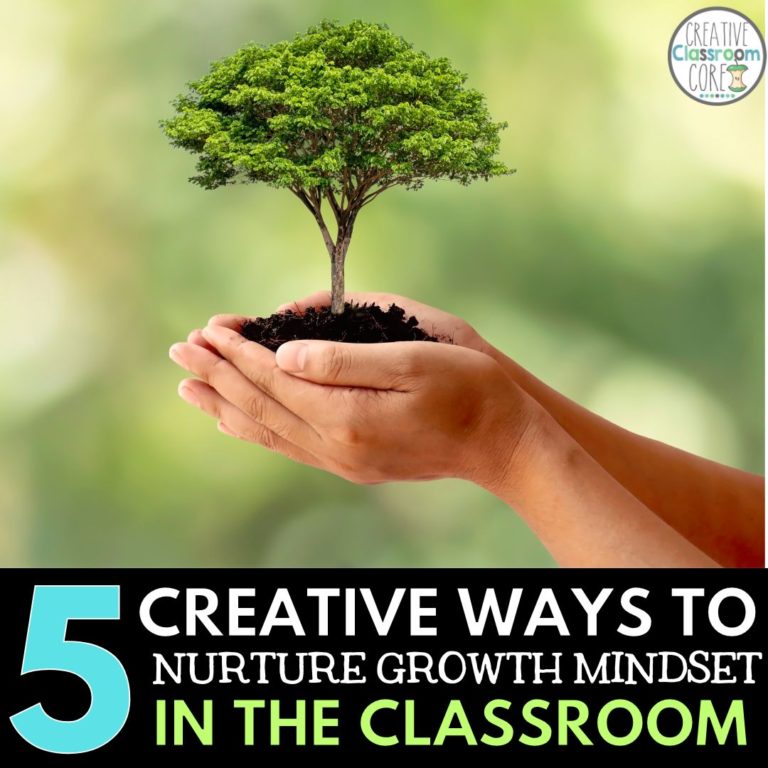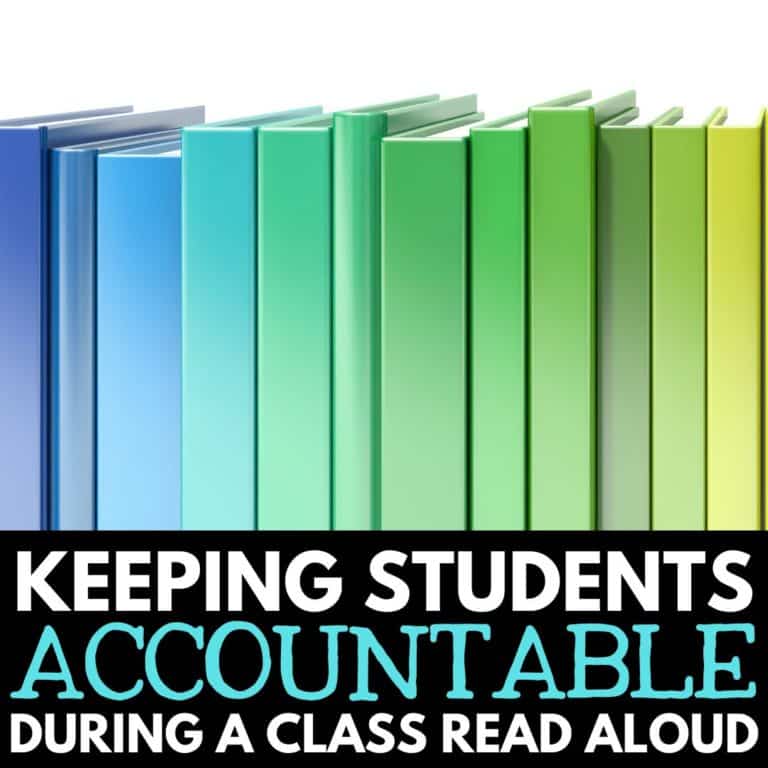Creating a positive Classroom Culture
By MARISSA DESPINS Updated Oct 16, 2023
As an educator, you already know the importance of classroom culture. It’s not just about academic achievement, it’s about supporting the social and emotional needs of your students too. That’s why it’s crucial to create a positive classroom culture. Today I will provide you with actionable steps to help you do just that.
What does it mean to have a positive classroom culture?
Establishing a positive classroom culture is critical to creating an environment where students thrive. While many may assume that classroom culture is solely about the physical space, it encompasses so much more. A beautiful bulletin board is great, but it’s not the only factor in determining how students feel in the classroom.
When we talk about classroom culture, we’re referring to how students feel when they’re in the classroom. Are they excited to learn? Do they engage with the materials presented? Are they willing to take risks? Do they hold themselves accountable? Are they supportive of their classmates?
It’s also important to consider how students feel about their teacher, peers, and the learning experience as a whole. Do they feel seen and supported by their teacher? Do they feel respected by their peers? Are they feeling connected to what they’re learning? Do they feel a sense of ownership over their learning?
All of these components work together to create a positive classroom culture that reflects and supports each student’s unique needs and learning style. As teachers, it’s our responsibility to create a space where students feel safe, valued, and empowered to reach their full potential.
Why is having a positive classroom culture important?
Classroom culture is essential because it sets the stage for students’ success. A strong and positive classroom culture not only supports students’ academic learning and success, but it also plays a crucial role in their social-emotional learning and development.
Creating a positive classroom culture can lead to a range of benefits, including increased student motivation, engagement, and autonomy. Also, it helps with improved confidence, relationships, and student attitudes. Additionally, a positive classroom culture can help reduce behavior issues in the classroom.
It’s important to note that a positive classroom culture is not just beneficial for students, but for teachers as well. Teaching in a positive classroom culture can be more enjoyable and can help combat teacher burnout.
As you establish a strong and positive classroom culture, you’ll notice stronger relationships between you and your students, as well as between your students and each other. When you foster a sense of community in your classroom, it becomes a more enjoyable and productive space for everyone.
How do I create a positive classroom Culture?
We have established how important it is to create a culture of positivity in the classroom. But, how do we actually do that? Read below to find out!
Spend time getting to know your students
Developing positive relationships with your students is essential for building a strong classroom culture. While activities like icebreakers and group projects can help foster connections among students, it’s also crucial to establish a strong student-teacher relationship. Take the time to really get to know your students beyond just their names.
Make an effort to understand their learning styles and preferences, and take note of their strengths and weaknesses. Ask them questions and have discussions about their interests. You can even show support for their extracurricular activities by wishing them luck before games, competitions, or performances outside of the classroom.
By getting to know your students on a deeper level, you’ll be better equipped to create a classroom where they feel welcomed, supported, and able to succeed.
For more ideas on building rapport and understanding your students better, check out Building Strong Connections: 10 Ways to Get to Know Your Students. This resource is packed with creative and effective ways to learn more about your students’ backgrounds, interests, and learning styles.
Set clear expectations
Setting clear expectations for your students and consistently enforcing them is one of the most effective ways to promote a positive classroom culture and a productive learning environment. As a teacher, it’s important to establish expectations that reflect your values and create a safe and respectful classroom community for all students.
To create classroom expectations, involve your students in the process by having discussions on what it means to be kind, respectful, fair, and empathetic. Ask them to provide examples of behaviors that align with these values and set clear consequences for when these expectations are not met. This collaborative approach ensures everyone is on the same page and helps students take ownership of their behaviors and consequences.
By setting clear expectations, you set the tone for the rest of the year, clarifying what you expect from students and what they can expect from you and each other. This clarity helps create a sense of safety and stability that is essential for effective learning.
However, it’s important not to simply set expectations and forget about them. It’s crucial to consistently enforce expectations throughout the year to build a sense of consistency and trust in your classroom. This consistency helps students understand clear boundaries and consequences, instead of leaving them guessing about what is expected of them.
While there may be times when you need to acknowledge extenuating circumstances and be flexible, it’s important not to be too lenient too often. If students repeatedly break expectations, it’s important to have a conversation with them to understand the underlying issue and provide support as needed.
Setting expectations can definitely be challenging at times. For help, you may want to check out our Top Tips for Substitute Teachers.
Work to establish routines
Establishing clear routines is an important aspect of building a positive classroom culture that supports student learning. Routines help students feel comfortable, secure, and prepared for what lies ahead, minimizing uncertainty and creating a sense of normalcy and structure. When students know what to expect and what is expected of them, they can focus on learning with greater confidence and engagement.
As a teacher, it’s essential to establish clear and consistent routines that support your teaching goals and student needs. You can vary your routines from day to day or week to week, but it’s important to ensure that students know what you expect of them. For example, you can post the daily routine on the board or share it through Google Classroom so students can see it as soon as they arrive in class. You can also begin each day with an engaging question of the day, a bell ringer activity, or independent reading time. Make sure you clearly communicate how and where students should turn in their work and any other important procedures that are part of your routine.
When students understand the routines, they feel more comfortable and ready to learn. They can focus on the material instead of worrying about what they should be doing or what will happen next.
By establishing clear routines, you create a positive classroom culture that supports student learning and engagement. Organizational skills play a crucial role in establishing and maintaining these routines. Enhance your classroom management with our guide on Effective Organization Tips for Teachers, which can help you create a more structured and efficient learning environment.
For some fun activities to help you get your routines established at the start of the new school year, check out our guide to Essential Activities for the First Week of School.
Encourage students to take risks
Positive classroom culture involves creating an environment that encourages students to take risks in their learning journey. By fostering a culture that supports risk-taking, students feel empowered to try new things and minimize the fear of making mistakes.
Start by having conversations with your students about the importance of making mistakes as part of the learning process. Encourage them to see failure as an opportunity to learn and grow. By doing so, students will feel more comfortable asking questions and exploring new ideas, ultimately fostering a learning environment where they are willing to take risks.
Remember, the focus should be on the learning journey rather than solely on the destination. Celebrate successes, no matter how small, and use failures as opportunities for growth and learning. With this approach, students will develop a growth mindset and will be more likely to take risks in their learning journey.
For more detailed strategies on fostering this essential attribute in your students, explore our article on 5 Ways to Nurture a Growth Mindset, which provides practical tips to cultivate a resilient and open-minded approach to learning.
For a great FREE Growth Mindset resource, click here.
Encourage collaboration
Encouraging collaboration among students not only helps them develop critical interpersonal skills such as teamwork, patience, and perspective, but it also cultivates an inclusive and positive classroom culture. Collaborative learning can be achieved through small or large group work or even between just two partners. By fostering a collaborative environment, students can learn from one another and gain new perspectives. It’s important to establish ground rules for collaboration, such as respect, cooperation, and kindness, to ensure a productive and positive experience for all students involved.
Connect learning to student lives
“How does this relate to real life?” and “Why does this matter?” are common questions from students. They want to understand the relevance of what they are learning to the world outside of the classroom. Creating a positive classroom culture means making that connection clear to them.
Demonstrating the relevance of the material can encourage students to engage and participate more actively in their learning. When students see the personal relevance of what they are learning, they are more likely to take ownership of their learning journey.
Put an emphasis on consistency
Starting from day one is ideal for creating a positive classroom culture, but even if it’s in the middle of the year, there are steps you can take to improve it. It’s crucial to keep up the momentum once you’ve started building a positive culture in your classroom. It’s an ongoing process that requires dedication and effort. It is important to continue building relationships with your students, maintain clear and consistent routines, encourage collaboration, provide support, celebrate successes, and keep communication channels open to sustain the positive culture.
Being a positive role model is vital in maintaining a positive classroom culture. Your actions, attitude, and behavior set the tone for the classroom environment. Lead by example and show your students how to contribute positively to the classroom culture. With consistent effort, you can create a classroom environment where students feel supported, respected, and motivated to learn.
Looking for more tips and tricks? Be sure to check out our Tips for Teaching Assistants for valuable insights and practical advice to enhance your role in creating a supportive learning environment.
A positive classroom culture can lead to increased student engagement, academic achievement, and better support for students’ social and emotional needs. While creating a positive classroom culture may seem daunting, the tips provided can be helpful in achieving this goal.
Looking for some free resources to help with creating a positive classroom culture?
Click here or on the image below to grab this COMPLETE Growth Mindset Interactive Notebook freebie. It contains reading passages, foldable activities, text mapping information and more, and is perfect for upper elementary or middle school students.
Interested in signing up for my email list?
If you are interested in signing up for my email list, you can do so by clicking on the link below. I periodically send out emails with free resources, teaching tips, and exclusive deals. Signing up will also give you immediate access to some of my best selling Interactive Notebook resources. These include foldable activities, graphic organizers, and other fun activities.
















